【特惠】26考研
红包
【考研】专业课HOT
26考研
【MBA】在职考研
【4月】高分训练营
【报录比】查询
计划
【真题】历年考题
资料
【申硕】同等学力
预备
【词汇】5500大纲
免费
【AI】智能择校
免费
【资料】考研大纲
精
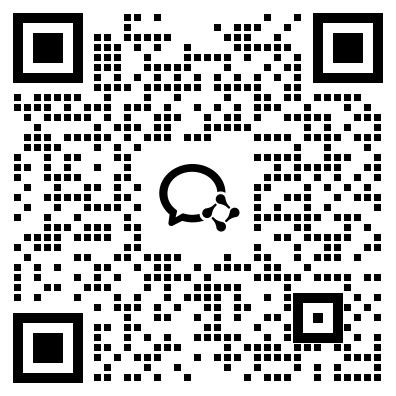
扫码加入训练营
牢记核心词
学习得礼盒
真题是非常重要的学习资料,它能更好地帮助我们巩固所学的知识,大家在备考时候要多做一些真题,这样对真题高频考点有所了解,更有目的做好备战,新东方在线考研小编整理了“广东财经大学2023考研真题:804-英语写作与翻译”,希望对考生能有帮助。
广东财经大学2023考研真题:804-英语写作与翻译
适用专业:050201 英语语言文学
[友情提醒:请在考点提供的专用答题纸上答题,答在本卷或草稿纸上无效!]
Part I Writing (100分)
1.Summary Writing (40分)
Directions: Read the following passage, and write a summary of about 300 words for it in your own words. Directly copying sentences from the passage will result in deduction of grades. Write down your summary on the Answer Sheet.
Understanding Culture
Theoretically, human verbal communication can be considered a process with two extreme ends: intracultural communication and intercultural communication. However, communicators are practically always between, closer or further to one of the ends, creating and interpreting meaning by using their existing linguistic tools. So it would be a mistake to talk about a dichotomy.There is no such thing as pure intracultural communication or intercultural communication. What we have is something in between, on a continuum with the two hypothetical ends. I believe that this approach can help us better understand ELF(English as Lingua Franca). But before we explain how the continuum works we need to define culture as understood in this book. We adopt Bates and Plog’s definition according to which culture is “the system of shared beliefs, norms, values, customs, behaviors, and artifacts that the members of society use to cope with their world and with one another” (1980: 6). However, culture cannot be seen as something that is “carved” in every member of a particular society or community. It can be made, changed, manipulated, and dropped on the spot. In fact, it is not culture that can be changed, manipulated, and dropped in talk and life in general but its manifestation. Gumperz (1982) and Gumperz and Roberts (1991) talked about the fact that “culture” is not present in communication in the “old” sense of a transcendent identity that is composed of values and norms and linearly related to forms of behavior. Cultural phenomena in speech are contingent, situational, and emergent in nature. The main argument of the approach represented by Gumperz, Hymes, Blommaert, Rampton, and others is that there is no single language, culture, or communicative style. What we have is language, culture, and communicative style instantiated in several group and individual varieties. In intercultural communication, speakers have a “repertoire” of varieties of styles, and a combination of styles, which are deployed according to communicative needs in the changing context. The nationality or ethnic membership of people may suggest the possibility of ethnic or cultural marking in communicative behavior. However, the interplay of several different factors affects the emergence of “ethnically” or “culturally marked” aspects of communicative behavior that is most frequently dominated by other than cultural factors. This approach, however, should not mean that there is nothing relatively stable and unifying in culture. On this issue, there is a significant difference between the constructivist view represented by Blommaert, Gumperz, and Rampton and the socio-cognitive approach promoted by Kecskes (2010, 2013, 2014). The difference between the constructivist view and the socio-cognitive approach lies in the understanding of the nature of existing “communicative repertoires” and the ways these repertoires are deployed. According to the socio-cognitive approach, existing communicative repertoires have been developed from prior experience and communicative encounters in a language or languages including the common language of communication, that is, English in ELF (Kecskes 2013b). What the online, in situ creation of culture means is similar to what online, actual meaning construction means: the bringing about of something relatively new needed in the actual situational context by using and blending existing repertoires and newly emergent elements Culture, just like meaning, is characterized by both regularity and variety. It certainly is more than just an online created and co-constructed phenomenon. In communication, interlocutors can rely on two types of repository of prior experience and encounters: lexical units and communicative styles. Like lexical items, cultural patterns (often expressed in different communicative styles) code prior experience and encounters, i.e., relatively standard cultural behavior models and expectations which are activated in a given situational context. Here is, for instance, an exchange between a librarian and a student (both nonnative speakers of English)
STUDENT: - I am returning these books.
LIBRARIAN: - Can I see your library card, please?
STUDENT: - Here you are ...
LIBRARIAN: - Do you want to extend the due date of any of these books?
STUDENT: - No, thank you.
LIBRARIAN: - Here is your card. You are all set.
As we can see, in the course of the interaction these existing models (librarian–customer frame) are modified and blended with situationally emergent new elements (ad hoc generated expressions). This process of blending that relies both on existing and emerging factors constitutes the communicative encounter. Blending means joining existing and emerging elements/factors into new intercultures. So in the interaction, the communicative repertoires of speakers are not just deployed but are actually modified and blended with emerging elements as the process develops.
The socio-cognitive approach emphasizes that this “interculture” creation means not just putting together what we have and bringing about a third phenomenon which is neither this nor that, but actually giving sense to the communicative repertoires and changing them by relating them to the actual situational context that also adds to or takes away something from what is existing. Cultural constructs and models change diachronically, while cultural representation and speech production by individuals changes synchronically. From the perspective of ELF, it is important that the participants in this conversation rely on existing ENL patterns (interaction frame between librarian and customer). They are comfortable with those in this context because they both know them quite well. So there is no problem for them to behave according to the requirements of the given cultural pattern. However, this is not always the case in ELF when the cultural frame is missing, is not recognized by the parties, or is interpreted differently by them.
2. Essay Writing (60分)
Directions:
According to Resolution of the Central Committee of the Communist Party of China on the Major Achievements and Historical Experience of the Party over the Past Century, “We must adhere to a people-centered approach in ideological work, uphold socialism with Chinese characteristics, rally public support, foster a new generation with sound values and ethics, develop Chinese culture, and build a better national image. ”
In what ways can a better national image of China be built, in your opinion?
Write no less than 800 words on the Answer Sheet.
Part II Translation (50分)
1. English-Chinese Translation (25分)
Directions: Translate the following passage into Chinese.
Brand sacrifice initially hit me as a through-the-looking-glass moment in which everything is turned upside-down. However, digging more deeply, I found evidence that responsible company action may be one way of undoing what more than a century of growing consumerism has created — and business is benefitting in the process. Take Patagonia(巴塔哥尼亚,户外品牌), for example. The company is several years into a “buy less” campaign that asks current customers to wear what they have until it is threadbare. The result: an increase in sales. CEO Yvon Chouinard(伊冯•乔纳德) told Inc. magazine, “I know it sounds crazy, but every time I have made a decision that is best for the planet, I have made money. Our customers know that — and they want to be part of that environmental commitment.” What is not clear is whether these are old customers feeling good about trading up, or new customers migrating from brands less willing to sacrifice.
Luthy(卢西) told me that consumers are rewarding “human brands” that display honesty, transparency, and a willingness to admit when they are wrong. Brand sacrifice also reflects the idea that consumers are holding companies to stricter standards than they hold for themselves. He noted that many people think it’s a good idea to take fewer flights in general, but data reveals that air travel is up — few individuals seem willing to cut their own flying. When it comes to corporate behavior, however, Luthy says that “no hypocrisy is allowed, and the standards are getting higher.” The TrendWatching report cites an Accenture/Havas Media(埃森哲/哈瓦斯传媒) study that showed that 72 percent of respondents felt that “business is failing to take care of the planet and society as a whole.”
Companies may actually be in the best position to make such sacrifices; their strategies often require long-term vision and commitments. For example, the companies in the Roundtable on Sustainable Palm Oil understand that if they don’t help create an ecologically viable supply of this vital ingredient, their value chains will be riskier and less resilient.
2. Chinese-English Translation (25分)
Directions: Translate the following passage into English.
中国诗人于花中最爱梅(plum)花,这一点上文中已经所说明,称之为“花魁”,因为梅花开于新年,正是一年之先,但是各人的意见当然也有不同的,所以有许多人则尊牡丹(peony)为“花王”,尤其是在唐代。另一面说起来,牡丹以浓艳见长,所以象征富贵,而梅花则以清瘦见长,所以象隐逸清苦。因此,前者是物质的,而后者则是精神的。中国有位文人极推崇牡丹,原因是当唐朝武则天临朝的时代,她一时忽发狂兴,诏逾苑中百花必须在冬月的某天一齐开放,百花都不敢不按时开放,当中唯有牡丹独违圣旨,比规定的时刻迟了数小时方始开花。因此触了武则天的怒,而下诏将苑中几百盆牡丹一起从京都(西安)贬到洛阳去,从此牡丹便失去了恩宠,但其种未绝,以后盛于洛阳。
以上就是新东方在线小编为各位考研的同学整理的“广东财经大学2023考研真题:804-英语写作与翻译”,希望对各位同学有所帮助,希望大家都可以考出好的成绩。
本文关键字: 考研真题
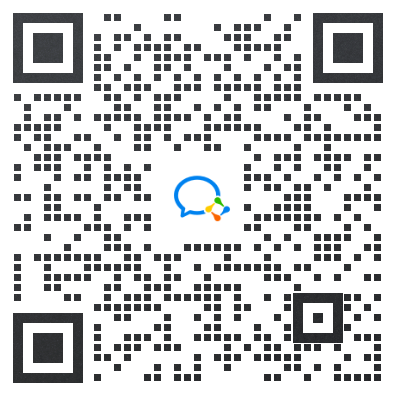
添加班主任领资料
添加考研班主任
免费领取考研历年真题等复习干货资料

 推荐阅读
推荐阅读
真题是非常重要的学习资料,它能更好地帮助我们巩固所学的知识,大家在备考时候要多做一些真题,这样对真题高频考点有所了解,更有目的
来源 : 网络 2025-03-14 07:36:00 关键字 : 考研真题
真题是非常重要的学习资料,它能更好地帮助我们巩固所学的知识,大家在备考时候要多做一些真题,这样对真题高频考点有所了解,更有目的
来源 : 网络 2025-03-14 07:36:00 关键字 : 考研真题
真题是非常重要的学习资料,它能更好地帮助我们巩固所学的知识,大家在备考时候要多做一些真题,这样对真题高频考点有所了解,更有目的
来源 : 网络 2025-03-14 07:36:00 关键字 : 考研真题
真题是非常重要的学习资料,它能更好地帮助我们巩固所学的知识,大家在备考时候要多做一些真题,这样对真题高频考点有所了解,更有目的
来源 : 网络 2025-03-13 07:36:00 关键字 : 考研真题
真题是非常重要的学习资料,它能更好地帮助我们巩固所学的知识,大家在备考时候要多做一些真题,这样对真题高频考点有所了解,更有目的
来源 : 网络 2025-03-13 07:36:00 关键字 : 考研真题

 资料下载
资料下载
扫码添加【考研班主任】
即可领取资料包
扫码添加【考研班主任】
即可领取资料包
扫码添加【考研班主任】
即可领取资料包
扫码添加【考研班主任】
即可领取资料包
扫码添加【考研班主任】
即可领取资料包
扫码添加【考研班主任】
即可领取资料包
新东方在线考研资料合集
下载方式:微信扫码,获取网盘链接
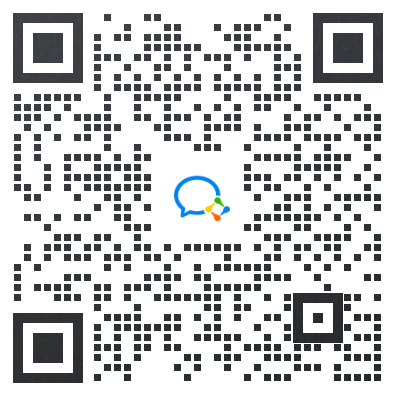
目录:
1.2013-2023年近10年政数英真题及解析PDF版(新东方)
2.2013-2023年专业课考试历年真题及解析PDF版
3.24考研复习备考资料大合集:大纲+备考资料+词汇书+考前押题+自命题
资料介绍:
1.2013-2023年近10年政数英真题及解析PDF版(新东方)
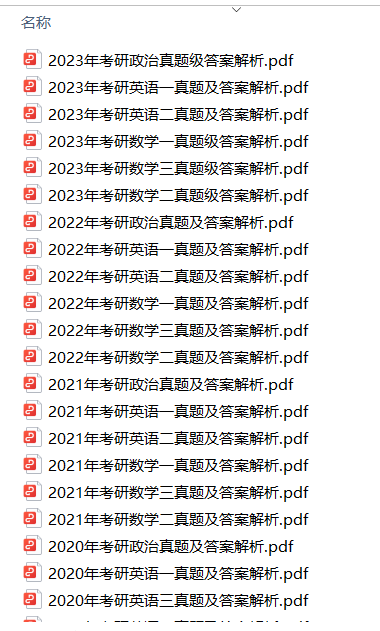 、
、
2.2013-2023年专业课考试历年真题及解析PDF版

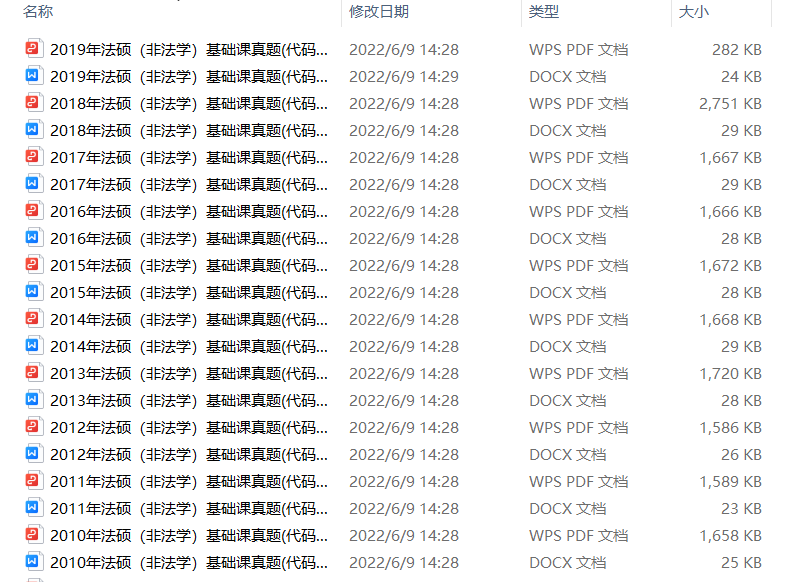
3.24考研复习备考资料大合集
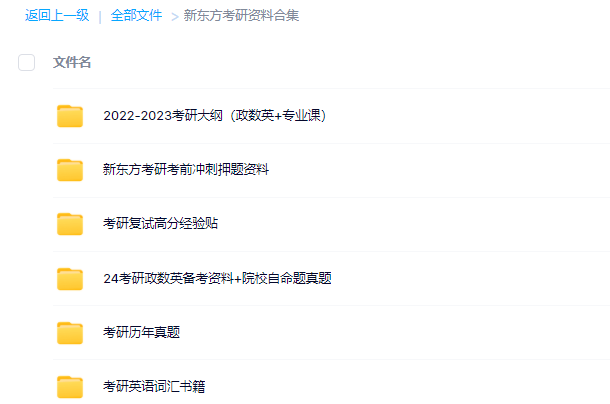
3.24考研复习备考资料:考研大纲
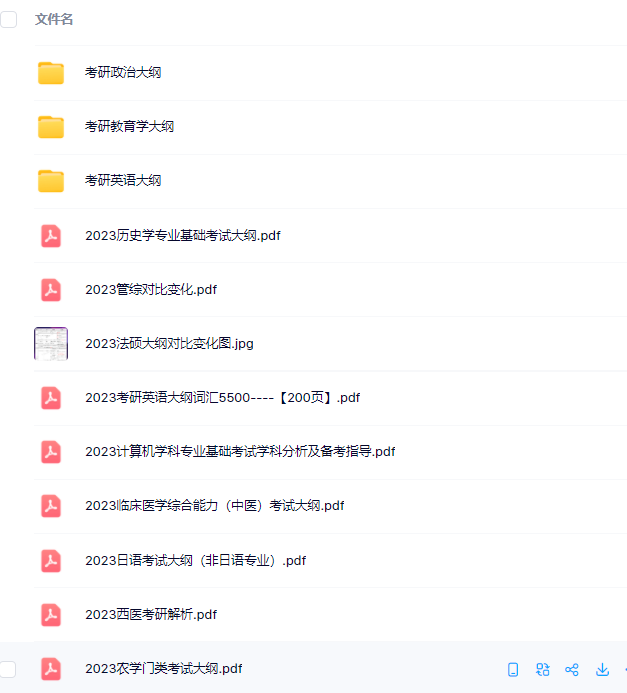
3.24考研复习备考资料:政数英备考资料+自命题真题
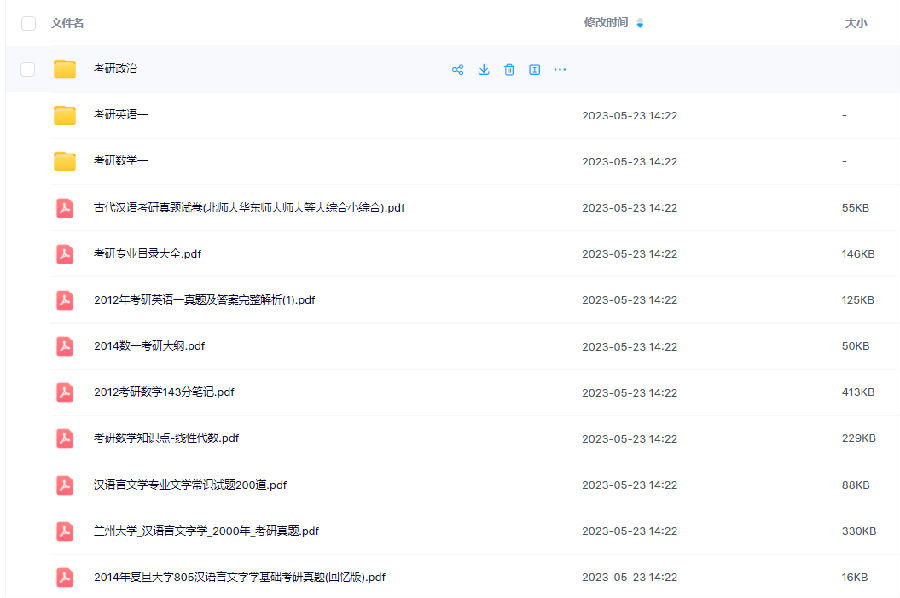
------------------
考研备考过程中,尤其是专业课部分,参考往年的考试真题,对于我们的复习有更好的帮助。北京大学考研真题资料都有哪些?小编为大家进行了汇总。
北京大学考研真题资料-公共课
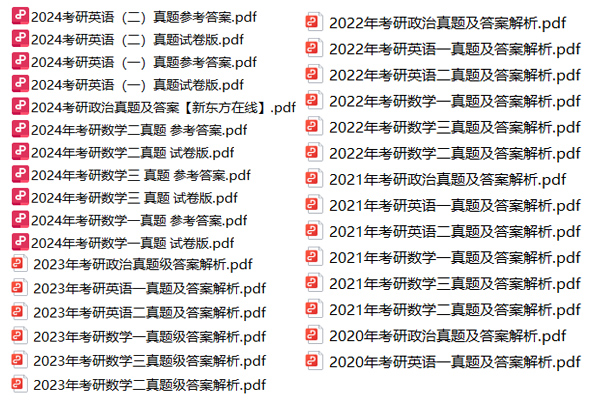
北京大学考研真题资料-专业课


以上就是关于“北京大学考研真题资料下载(历年汇总)”的整理,更多考研资料下载,请关注微信获取下载地址。
扫码添加【考研班主任】
即可领取资料包
扫码添加【考研班主任】
即可领取资料包
扫码添加【考研班主任】
即可领取资料包
扫码添加【考研班主任】
即可领取资料包
扫码添加【考研班主任】
即可领取资料包
扫码添加【考研班主任】
即可领取资料包
扫码添加【考研班主任】
即可领取资料包
扫码添加【考研班主任】
即可领取资料包
扫码添加【考研班主任】
即可领取资料包
扫码添加【考研班主任】
即可领取资料包
扫码添加【考研班主任】
即可领取资料包
扫码添加【考研班主任】
即可领取资料包
扫码添加【考研班主任】
即可领取资料包
扫码添加【考研班主任】
即可领取资料包
扫码添加【考研班主任】
即可领取资料包
扫码添加【考研班主任】
即可领取资料包
扫码添加【考研班主任】
即可领取资料包
扫码添加【考研班主任】
即可领取资料包
扫码添加【考研班主任】
即可领取资料包
扫码添加【考研班主任】
即可领取资料包
扫码添加【考研班主任】
即可领取资料包
扫码添加【考研班主任】
即可领取资料包
扫码添加【考研班主任】
即可领取资料包

 阅读排行榜
阅读排行榜
 相关内容
相关内容

